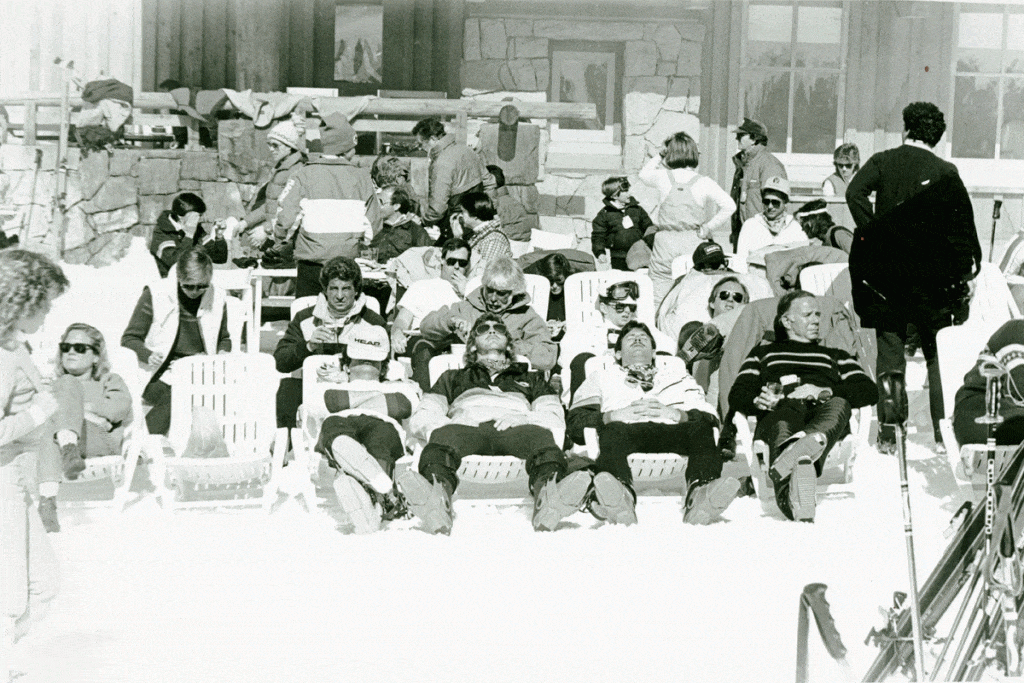Coney Island stirs up images and memories of a place known worldwide, either by those who went there—and still go today—or those who know it only through movies, pictures and stories. The real Coney Island, at the southern end of Brooklyn bordering the Atlantic Ocean, has been a New York City playground since wealthy New Yorkers showed up in 1829 to occupy the first of what would become many seaside hotels. It was later known as the “People’s Paradise,” where those of every class, color and nationality could mix and enjoy the same experiences together. It would remain so to this day.
The travelling exhibit “Coney Island—Visions of an American Dreamland” is currently featured in the Park City Museum’s Tozer Gallery, where it will remain until May 25, 2019. It takes visitors on a visual tour of a landscape of amusement parks and attractions ever changing with the times, technology and interests of visitors. In some ways, its evolution recalls that of other pleasure destinations catering to people out for a good time, say, at a ski resort like Park City.
The concept of a vacation was pretty unknown to all but the wealthy back when those first seaside hotel dwellers showed up. But advances in transportation democratized Coney Island. By the beginning of the Civil War, new technologies made it easier and cheaper for everyone in greater New York to get there, whether by steamboat, tram, rail, or bicycle. They too could enjoy a “vacation” if only for an afternoon.
As more people came to the sandy shores, entrepreneurs showed up to liberate them from their money. Nathan Handwerker set up his nickel hot dog stand at the corner of Surf and Stillwell Avenues, where “Famous Nathan’s” still stands. Destination amusement parks like Steeplechase, Luna and Dreamland transformed the strip into the “World’s Greatest Playground” with ever more daring mechanical rides, like the Thunderbolt roller coaster and Parachute Jump.
But Dreamland burned in 1911. Then the Depression came, sending other parks reeling. Coney Island’s boardwalk endured it all. A new amusement park, Astroland, opened in 1962 to try to capture the Space Age with newer rocket themed rides.
Many recreation destinations share similar trajectories. Park City was an industrial town—not a place where anyone would vacation. But greater prosperity, leisure time, improving ski technologies including chairlifts and gondolas put adventurous Americans on the snow. A big transportation breakthrough, the jet airplane, made old mining towns like Park City and Aspen conveniently accessible for Americans with a desire to ski big mountains. Like amusement parks, the early versions of ski resorts tracked economic cycles, struggling through recessions and bad snow years, and thriving in good times like the past winter.

Credit: Park City Historical Society & Museum, Park Record Collection
Coney Island is approaching two centuries as a playground for all. Ski towns can only hope they too will have that kind of staying power.
“Coney Island—Visions of an American Dreamland” is open through May 25 at the Park City Museum, 528 Main Street.